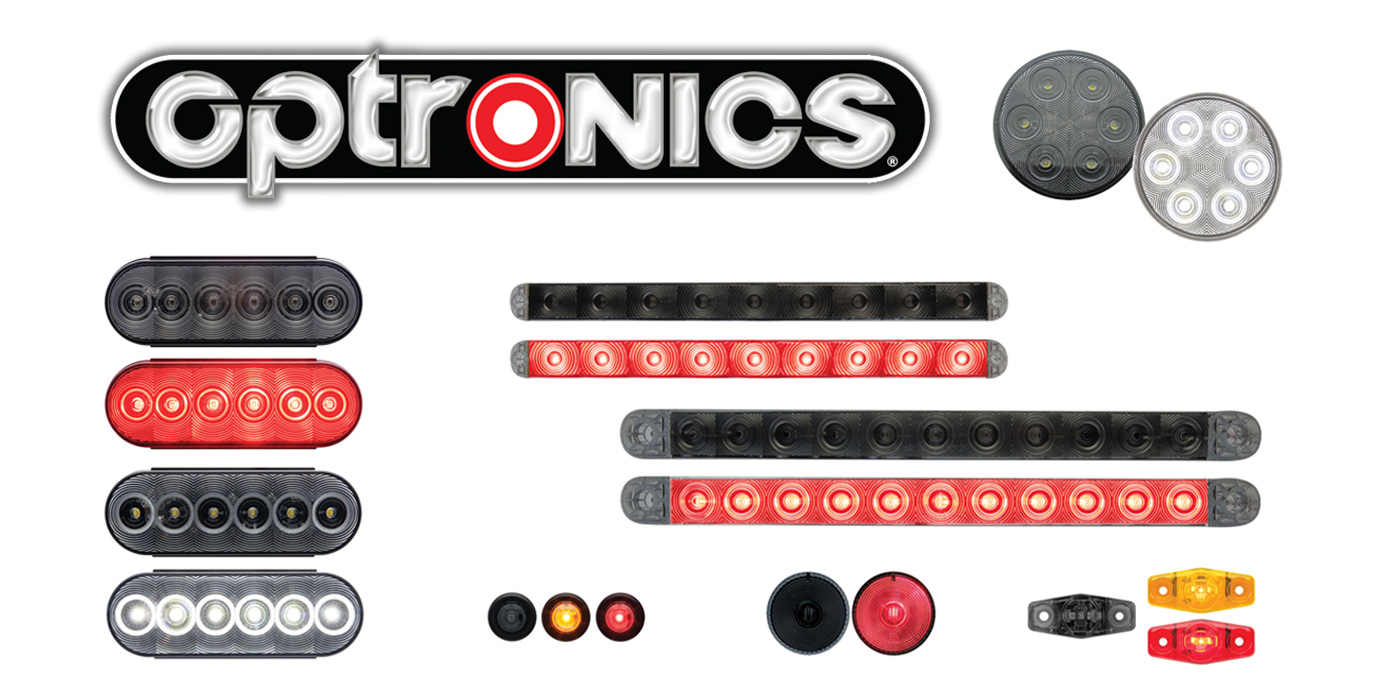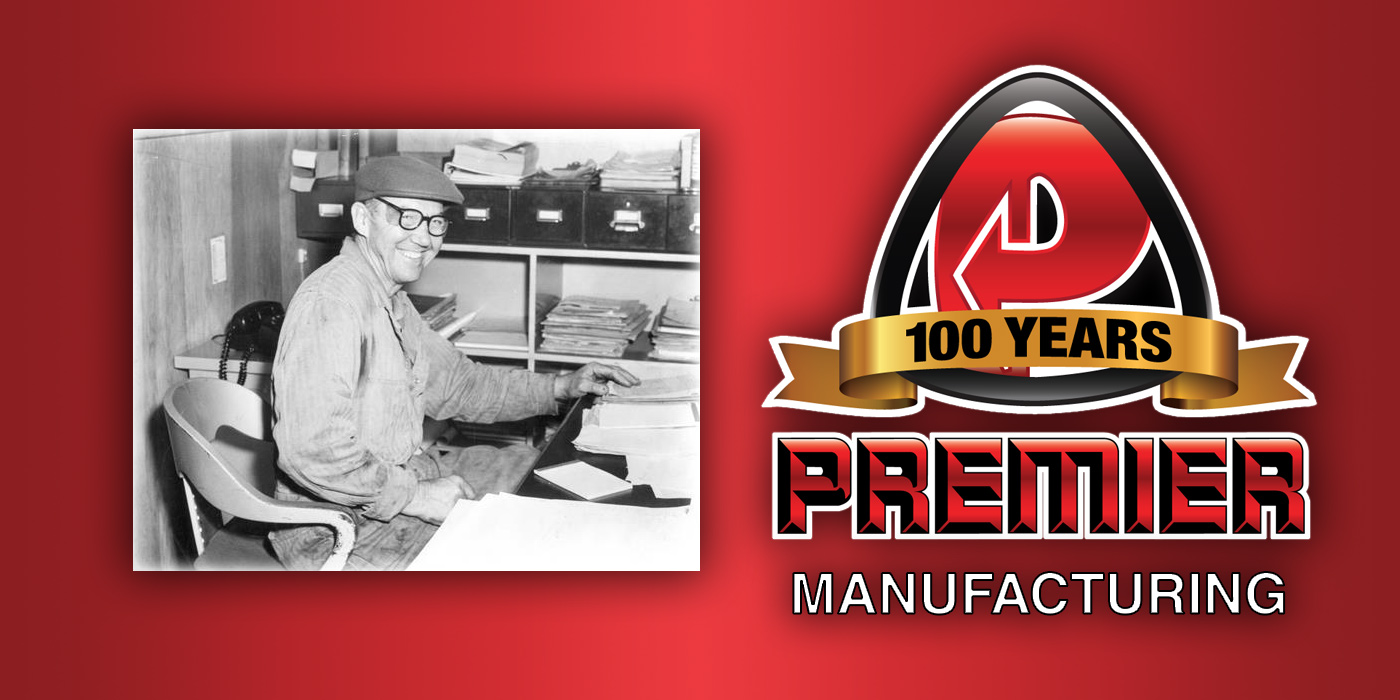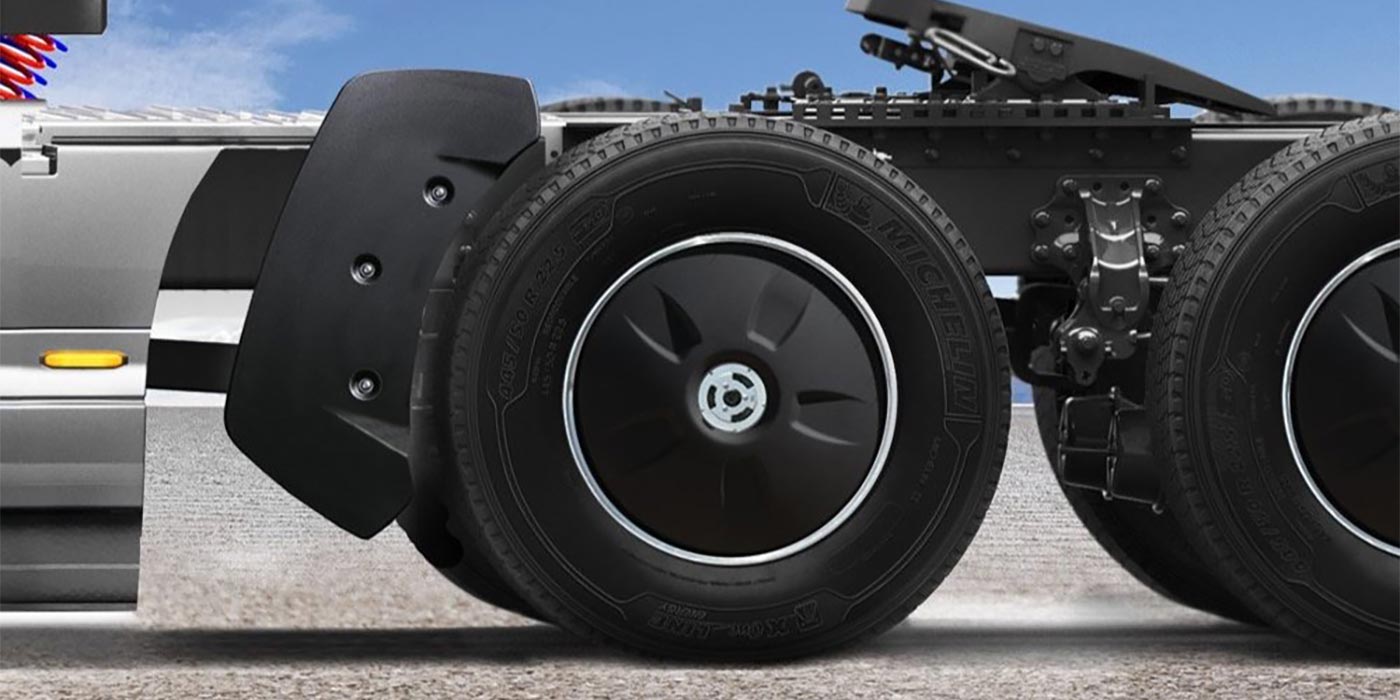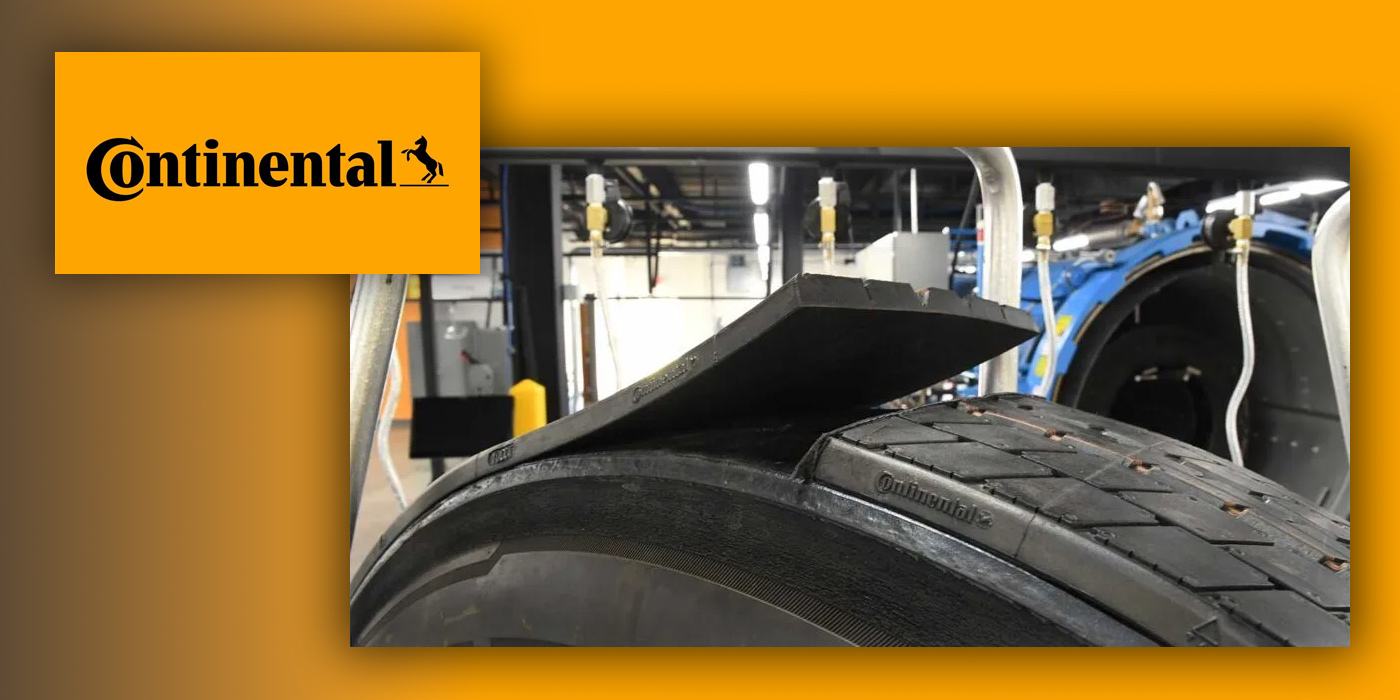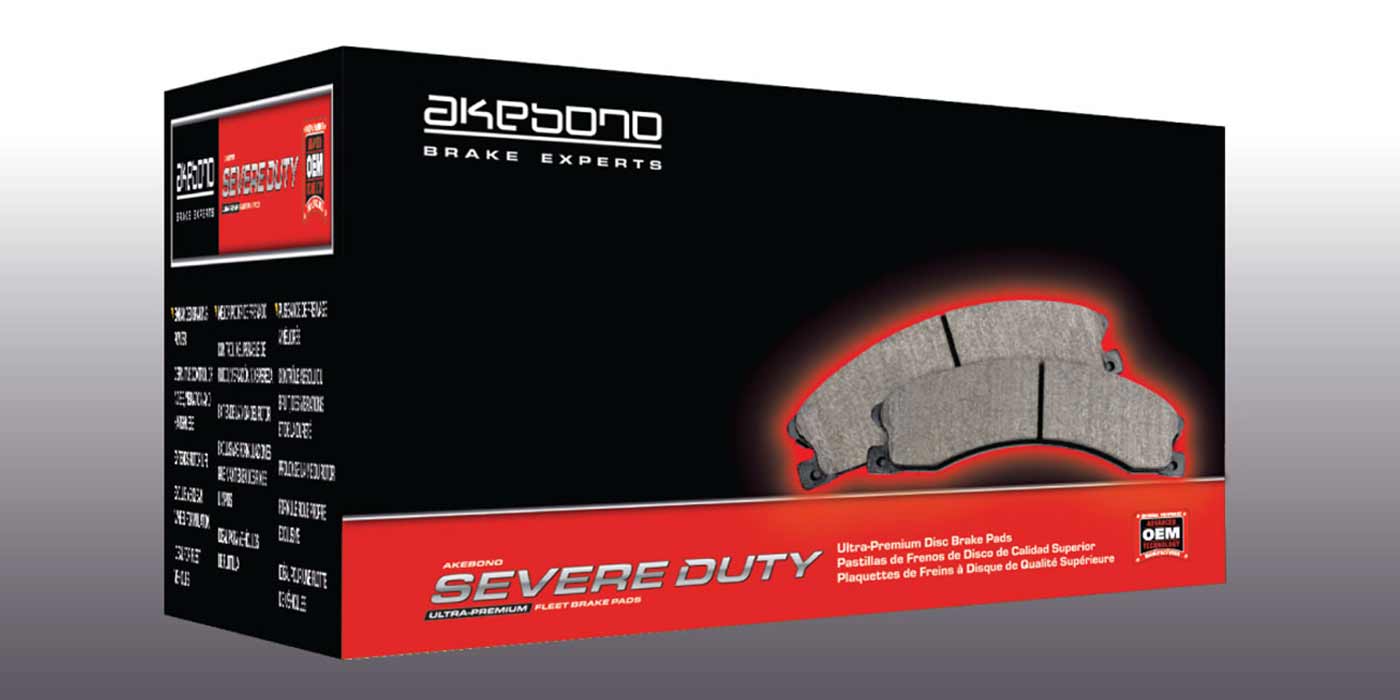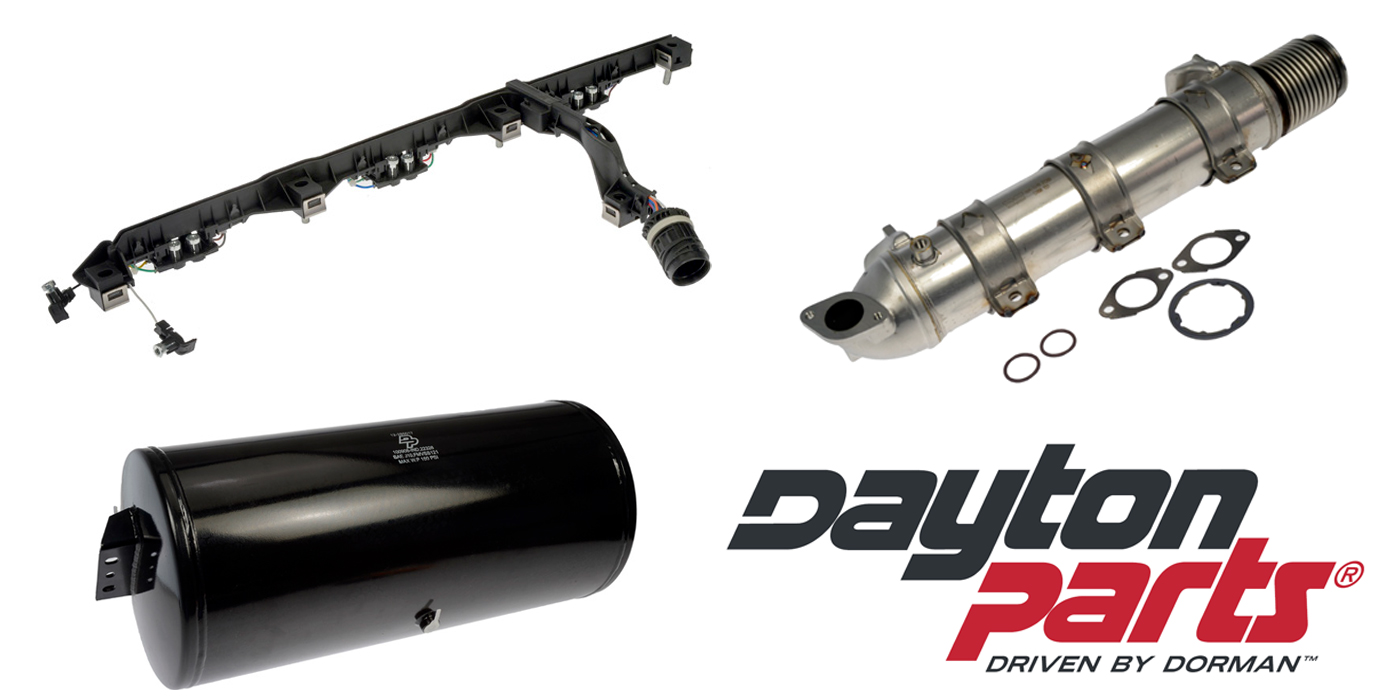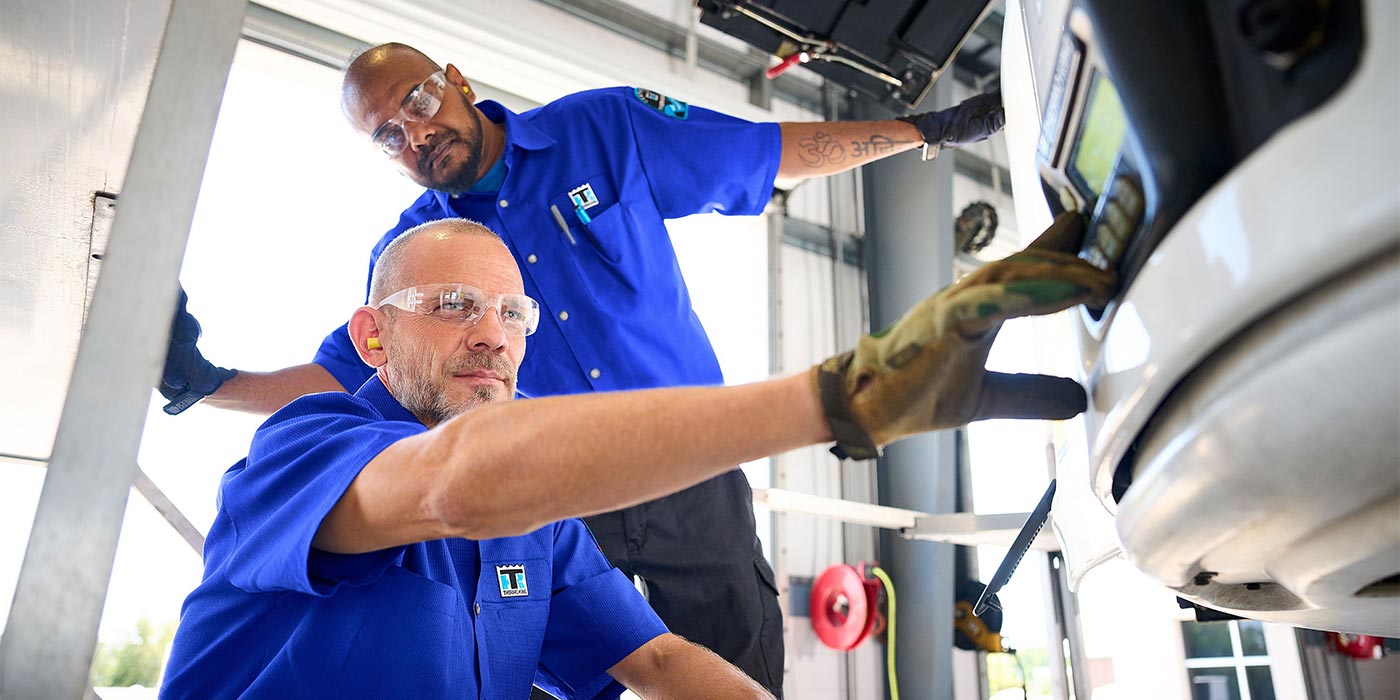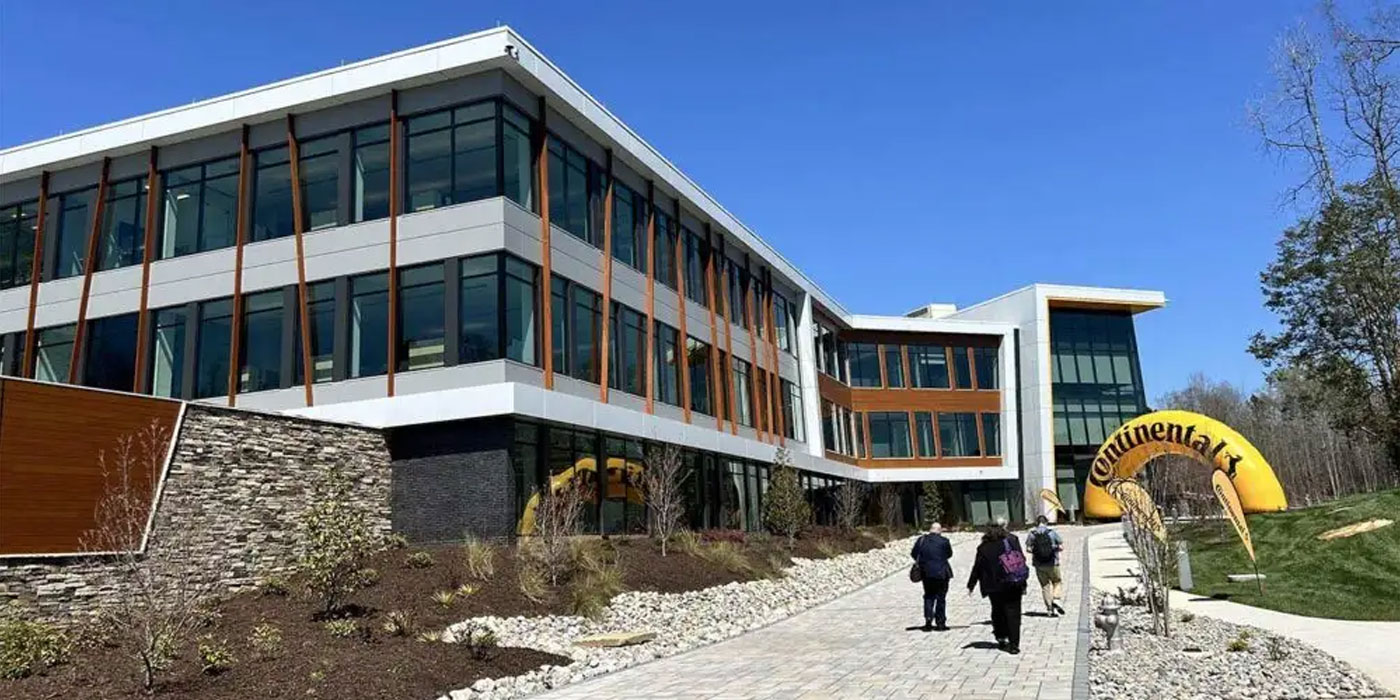One of the privileges of being old is that I can be a bit of a curmudgeon. So, this month I’d like to pick on biodiesel a little.
Now, please don’t take this wrong; I’m a 100-percent-committed supporter of biodiesel/ULSD fuel blends. But, lately, I’ve seen article after article promoting biodiesel as the solution to all of our problems – from emissions reductions to dependency on foreign sources of crude oil. I’ve even seen testimonials from truck drivers stating that biodiesel is “awesome.“
Excuse me…shouldn’t scientists – not farmers, politicians, truck drivers, or anyone else – tell us what biodiesel can and cannot do?
Let’s inject a healthy dose of realism into the biodiesel discussion. Biodiesel is not quite ready for center stage. There are some issues and limitations that must be addressed first. Europe has done a lot of the early work for us, but we still have much to do.
For one thing, the absence of a national biodiesel specification makes me a little uncomfortable. Do you recall Minnesota’s recent problems with biodiesel that were ultimately linked to faulty biodiesel production methods? In our exuberance, every state wants to issue its own specifications, but long-haul truckers need consistency across the nation to make biodiesel practical. Let’s ask our politicians to worry less about getting re-elected and worry more about what’s good for this country.
There are also some serious issues about biodiesel concentrations in diesel fuel blends. Diesel engine builders have urged us to be careful with blends containing more than 5 percent biodiesel. I just reviewed a Society of Automotive Engineers paper that contained data on biodiesel concentrations of greater than 25 percent in diesel fuel. The paper, by the University of Birmingham (UK) and Jaguar Cars, found that higher biodiesel concentrations did indeed reduce CO2 and PM emissions, but NOx emissions increased significantly. Even increasing EGR rates could not restore NOx emissions. On a positive note, this data suggests that the engine was actually operating more efficiently!
As stated in my January column, if all of the arable land in the world is used in the production of renewable fuels, our dependence on crude oil would only be reduced 4 to 5 percent. Or, if we emphasize C02 emissions, we might expect to double that number to 9 to 10 percent. Our scientists need to be investigating other sources of renewable fuels, many of which might produce more energy than corn or soy beans.
Let me give you an example. We know the tremendous support corn-based ethanol has received in farming states. In southwestern Missouri, where I live, we recently had a major ice storm. You wouldn’t believe the number of trees the storm destroyed! So, we are busily cleaning up the debris and trimming the trees. Mountains of limbs and entire trees have been gathered. Now, we are burning them! What a waste! Shouldn’t we be trying to produce ethanol or methanol from them as a renewable fuel?
The National Biodiesel Board (NBB) recently cautioned its members that powerful oil and gas interests have been lobbying politicians for a tax credit when they blend biomass into refineries’ petroleum streams. The NBB says these interests are asking the Federal government to pay them $1 for every gallon of biomass (e.g., cooking oil) they use in refineries. This would provide refiners with a windfall profit that requires no in-vestment in new refining capacity. Of course, the NBB is against this tax credit, since it would result in competitive pressure on biodiesel produced from farm crops.
I want our legislators to put the needs of our nation ahead of their other priorities and let the scientists determine how to produce biodiesel (and ethanol and methanol) and how much to blend in fuel to provide the best performance with the lowest exhaust emissions. Is that too much to ask?

